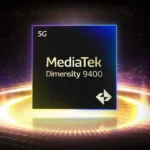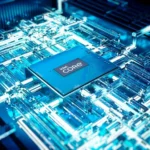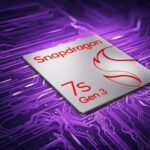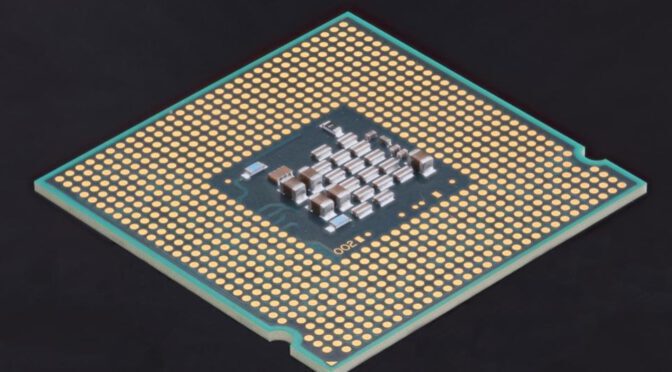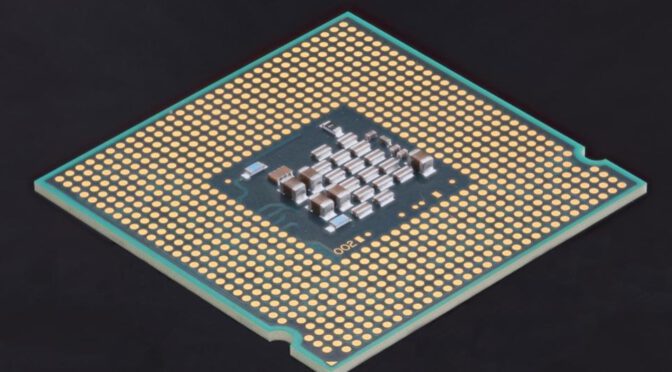
After a jailbreak on the Playstation 5 was successful at the beginning of the month, a modder has now published his first finds. They provide clues to the great mysteries of the gaming scene.
A so-called jailbreak describes the state when the settings of a device are “liberated” by a hack and thus become freely accessible and variable. This is exactly what was recently achieved on the Playstation 5 .
Lance McDonald, the modder who achieved this feat, has now dug deep into the game console’s file archive – and discovered some amazing things, as the online magazine Eurogamer reports.
Legendary hoax ring suddenly real
The first thing that the digital treasure hunt brought to light is actually a legendary treasure from the gaming scene. In the files of the Demon’s Soul remake, McDonald found a 3D model of the legendary Chieftain’s Ring.
The supposedly powerful artifact was originally a hoax from fans in the original game. Fake screenshots and eyewitness accounts claimed the item’s existence, leading players to frantically search for the item in-game – even though it never existed.
So that could change in the remake – a friendly wink from the programmers to the fan base.
Years ago, Demon’s Souls fans made up a fictional item called “Chieftain’s Ring”, which inspired the community to go on a wild goose chase search for it. For the remake, BluePoint Games actually created it! However, no one knows how to find it. Thanks @EyesGarden for the render! https://t.co/1A2YaZnJCk pic.twitter.com/g91rhNgPDC
— Lance McDonald (@manfightdragon) October 11, 2022
“Abandoned” a secret “Silent Hill” project?
McDonald’s second find is no less mysterious: he found a file directory for the game “Abandoned” – a survival horror game from the studio Blue Box – which was initially widely announced and then suddenly disappeared from the scene completely. In addition, the developer studio published contradictory statements, which were then deleted.
It is not known whether the strange behavior is a marketing strategy. However, the files contain references to consciously playing with gaming myths. Because in the “Abandoned” folder there is a map called PT2 – an allusion to the never completed “Silent Hill” successor.
Despite long since learning that @BBGameStudios’ “Abandoned” was mostly a farce, it’s still interesting, thanks to the new jailbreak, to begin datamining the “Real-time Trailer Experience” the developer released on PlayStation 5 some time ago. (Thanks to @Kempy161 for dumping it) pic.twitter.com/V81aOLqP8q
— Lance McDonald (@manfightdragon) October 10, 2022
“Seems like at some point they planned to have some ‘this is secretly a silent hill project’ bullshit trail up their sleeves,” the modder wrote on Twitter.
With these interesting finds, one can remain curious as to what else McDonald will find in the cracked heart of the PS5.




